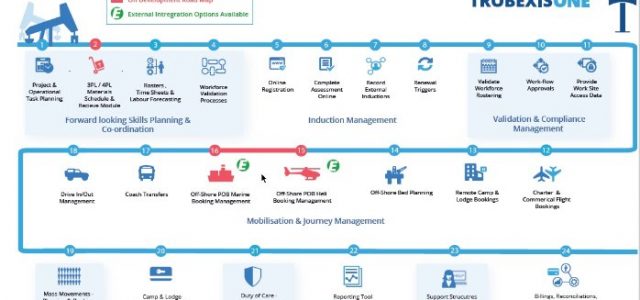February 7, 2017
Kevin Gray is president of Cannon Gray, a marketing science and analytics consultancy. If you don’t want to sing The Analytics Blues, here are a few things he recommends:
- Whenever possible, get involved in the design of the research. Analytics is a process and number crunching is only part of this process.
- Make sure you understand why you are doing the analysis. Without compromising your objectivity, do you best to put yourself in the shoes of those who will be using your results. Be very careful about making assumptions!
- Understand that we humans, however smart and well-educated, are not easily persuaded by logic and evidence and will push back if we feel threatened by your results or simply ignore them.
- Do your homework. Some analytics projects are quite straightforward but others may require a considerable amount of desk research and consultation. Listen to subject matter experts but do not allow yourself to be swayed by them.
- Do your best to make certain you have all the data you can obtain in a reasonable time frame and within budget that are relevant to your analytic objectives.
- Never assume the data are clean and ready for action. Cleaning the data and setting them up for the analyses you’ll be doing is an excellent way to get to know your data. The better you understand what the data really mean, the less the chance of an error and the more business meaning you can extract from the data. Data don’t care much for strangers.
- Understand that data do not speak for themselves. Big Data has not made theory obsolete – in fact, it has made theory more important than ever. Understand that data are not the purpose of your analyses – it’s the questions the data raise and the answers they can provide that matter most.
- Don’t let the method become the Master. Analytics methods and software are toolsfor us to use and we should use the tools or combination of tools that are best suited for the task at hand.
- Make sure you really know how to use whatever methods you do use. These days, it’s very easy to point-and-click our way into a lot of trouble.
- Think about causation and what mechanism or mechanisms might have given rise to the data. Descriptive findings are not insights and pattern recognition is not understanding – these are just early steps in your analysis. It’s very easy to capitalize on chance…only to pay a hefty price later.
- When presenting or writing up your results, remember that you are not in the entertainment business. Tell your audience or readers what they need to know succinctly and without jargon. Remember there are lies, damned lies and then there are data visualizations, and it’s easy to spend a lot of time making pretty pictures only you can understand.
- Read David Hand’s The Improbability Principle. It has relevance to everyday life as well as your life as an analyst. I’ve listed a number of other useful books and academic journals here.
Browse
Article by channel:
Search
Everything you need to know about Digital Transformation
Subscribe
The best articles, news and events direct to your inbox
Popular Now
The Case For Digital Transformation
The Digital Transformation Pyramid: A Business-driven Approach for Corporate Initiatives
The Case For Digital Transformation
An Executive Summary: Leading Digital by George Westerman, Didier Bonnet & Andrew McAfee
Strategy & Innovation
Target Operating Models & Roadmaps for Change
Delivery
Data Asset Management (DAM)
Strategy & Innovation
The Innovation Management Theory Evolution Map






